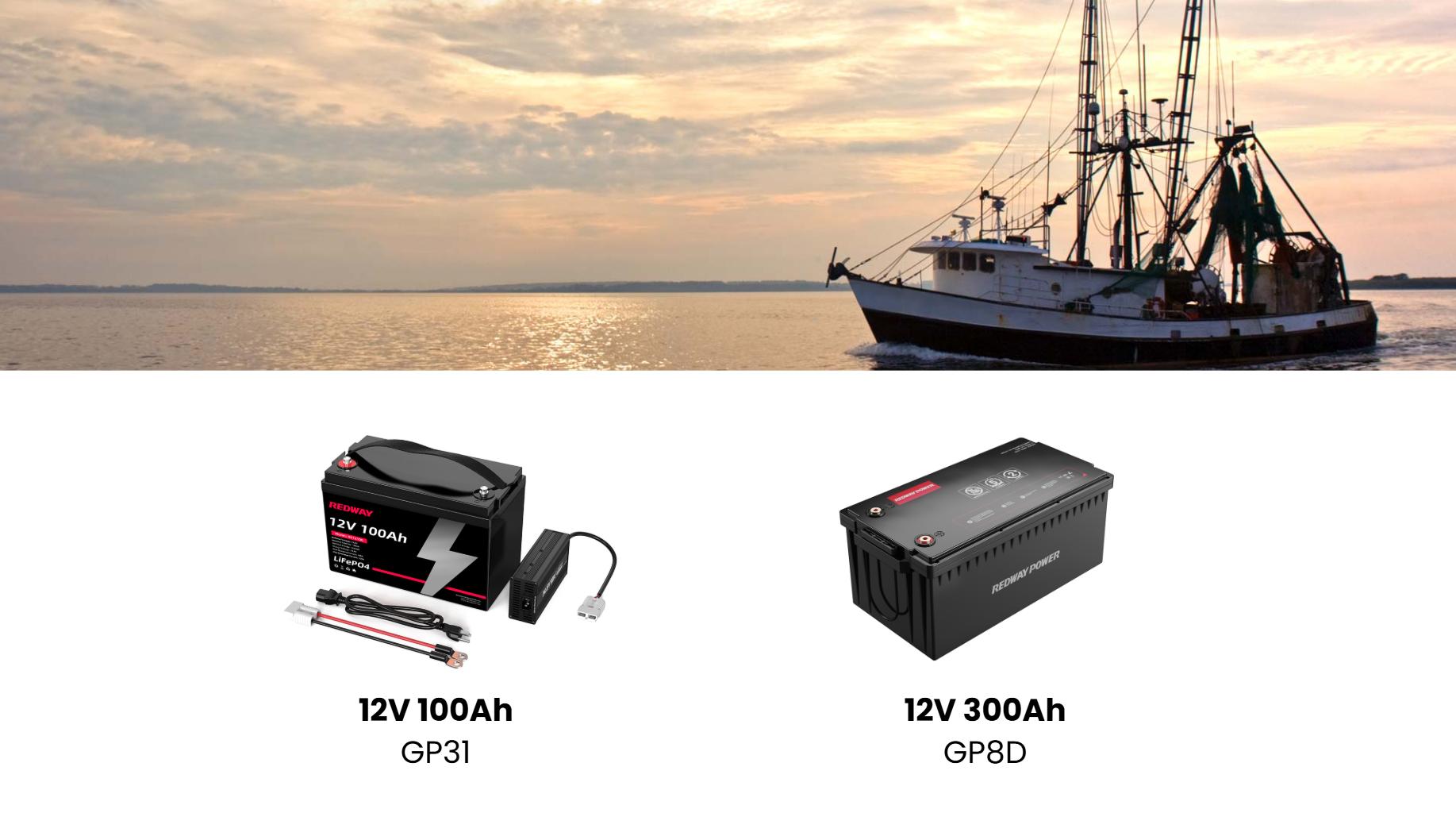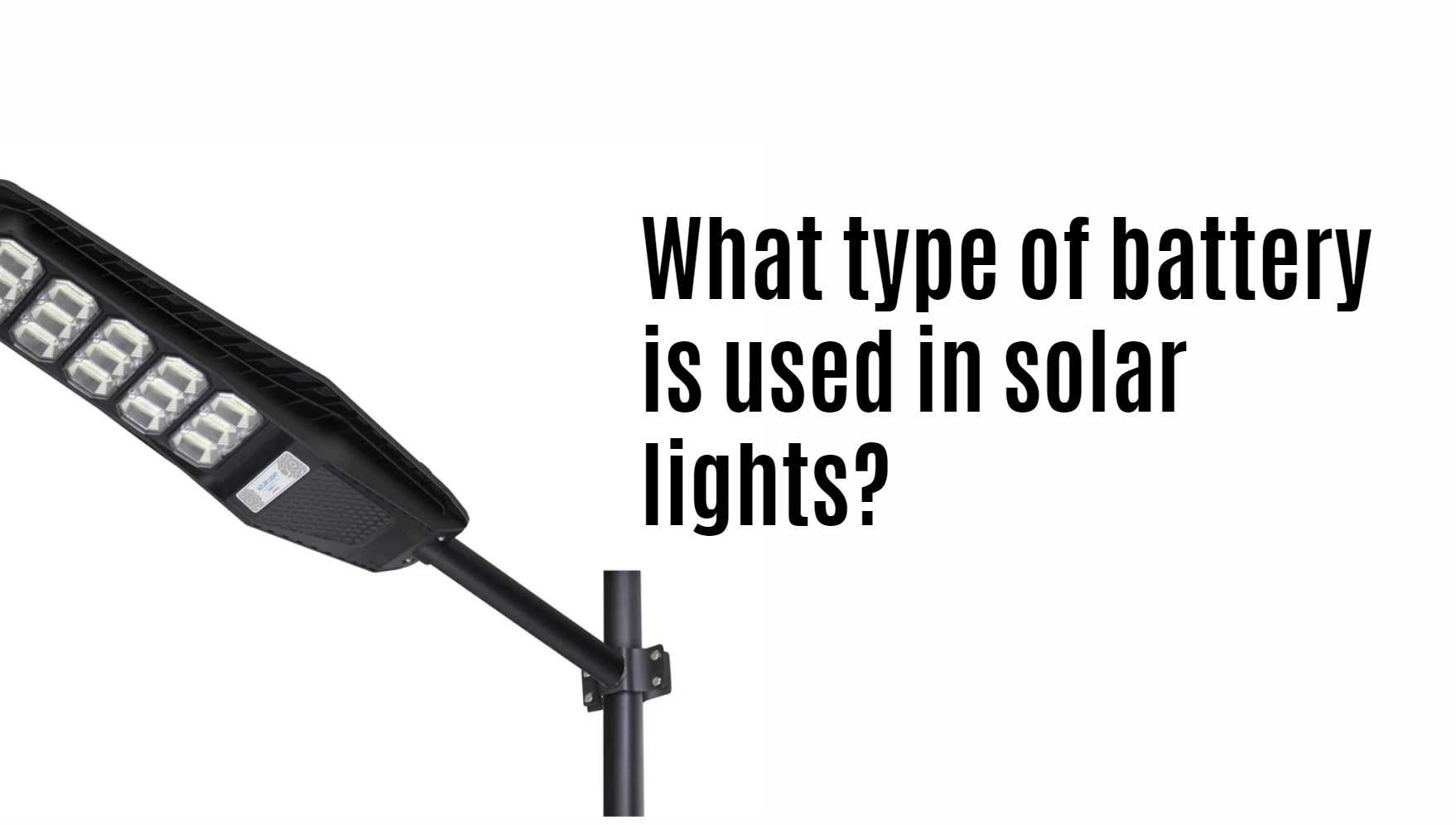Is LiFePO4 safer than lead acid?
Yes, LiFePO4 batteries are generally considered safer than lead-acid batteries. They are less prone to overheating, thermal runaway, and leakage due to their stable chemistry. Additionally, LiFePO4 batteries do not contain toxic heavy metals, making them a more environmentally friendly option. Overall, their safety features make them a preferred choice for many applications.
Comparing the Safety of LiFePO4 and Lead-Acid Batteries
When evaluating battery technologies, safety is a critical factor that influences decision-making for consumers and industries alike. Lithium Iron Phosphate (LiFePO4) batteries have gained popularity due to their superior safety features compared to traditional lead-acid batteries. This article will delve into the safety characteristics of both battery types, explore their applications, and highlight best practices for safe usage.
Safety Characteristics of LiFePO4 Batteries
- Thermal Stability
- LiFePO4 batteries exhibit excellent thermal stability, meaning they can withstand higher temperatures without the risk of thermal runaway.
- Unlike other lithium-ion chemistries, LiFePO4 remains stable even when subjected to extreme conditions, making it a safer choice for various applications.
- Low Risk of Fire
- The risk of fire in LiFePO4 batteries is significantly lower compared to lead-acid and other lithium-ion batteries.
- In the event of a short circuit or damage, LiFePO4 batteries are less likely to ignite or explode.
- Non-Toxic Materials
- LiFePO4 batteries do not contain toxic heavy metals such as lead or cadmium, which are present in lead-acid batteries.
- This characteristic not only enhances safety but also makes LiFePO4 batteries more environmentally friendly.
Safety Characteristics of Lead-Acid Batteries
- Risk of Leakage
- Lead-acid batteries contain sulfuric acid, which poses risks of leakage and corrosion.
- If damaged or improperly maintained, these batteries can leak harmful substances that may cause environmental harm or health hazards.
- Thermal Runaway
- While lead-acid batteries are generally stable under normal conditions, they can experience thermal runaway under extreme circumstances.
- High temperatures can lead to gas buildup and potentially cause the battery to rupture or explode.
- Limited Cycle Life
- Lead-acid batteries have a shorter cycle life compared to LiFePO4 batteries, which means they may need to be replaced more frequently.
- Frequent replacements increase the risk of improper disposal and associated environmental hazards.
Applications Where Safety Matters
- Electric Vehicles (EVs)
- In electric vehicles, safety is paramount. The stability and low fire risk of LiFePO4 make it an ideal choice for automotive applications.
- Renewable Energy Systems
- Solar energy storage systems benefit from the safety features of LiFePO4 batteries, ensuring reliable performance without the risks associated with lead-acid technology.
- Portable Power Solutions
- For portable power stations used in camping or outdoor activities, the lightweight and safe nature of LiFePO4 batteries makes them preferable.
Best Practices for Safe Battery Usage
- Proper Charging Techniques
- Always use chargers designed specifically for the type of battery being charged—lithium or lead-acid—to ensure safety and efficiency.
- Regular Maintenance Checks
- Monitor battery health regularly by checking voltage levels and ensuring connections are clean and secure.
- Temperature Management
- Store batteries in a controlled environment where temperatures remain stable to prolong lifespan and performance.
- Avoid Deep Discharges
- For lead-acid batteries, avoid discharging below 50% capacity; for lithium, aim not to discharge below 20% whenever possible.
Latest News
- Recent advancements in lithium battery technology continue to enhance the safety features of LiFePO4 systems, making them increasingly popular for high-capacity applications.
- New regulations regarding renewable energy incentives are being introduced globally, encouraging homeowners to adopt solar solutions paired with efficient battery storage.
- Research into hybrid battery systems that combine lithium with other technologies is gaining traction, promising improved performance metrics.
Redway Expert Comment
“As experts at Redway Battery, we emphasize that choosing LiFePO4 over lead-acid batteries significantly enhances safety in various applications. The inherent stability and non-toxic materials used in LiFePO4 technology make it a superior choice for consumers looking for reliable power solutions while minimizing environmental impact.”
Conclusion
In conclusion, while both LiFePO4 and lead-acid batteries serve essential roles in various applications, LiFePO4 batteries offer superior safety features that make them a preferred choice for many users. By understanding these differences and following best practices for maintenance and usage, consumers can optimize their energy solutions effectively while ensuring safe operation.




